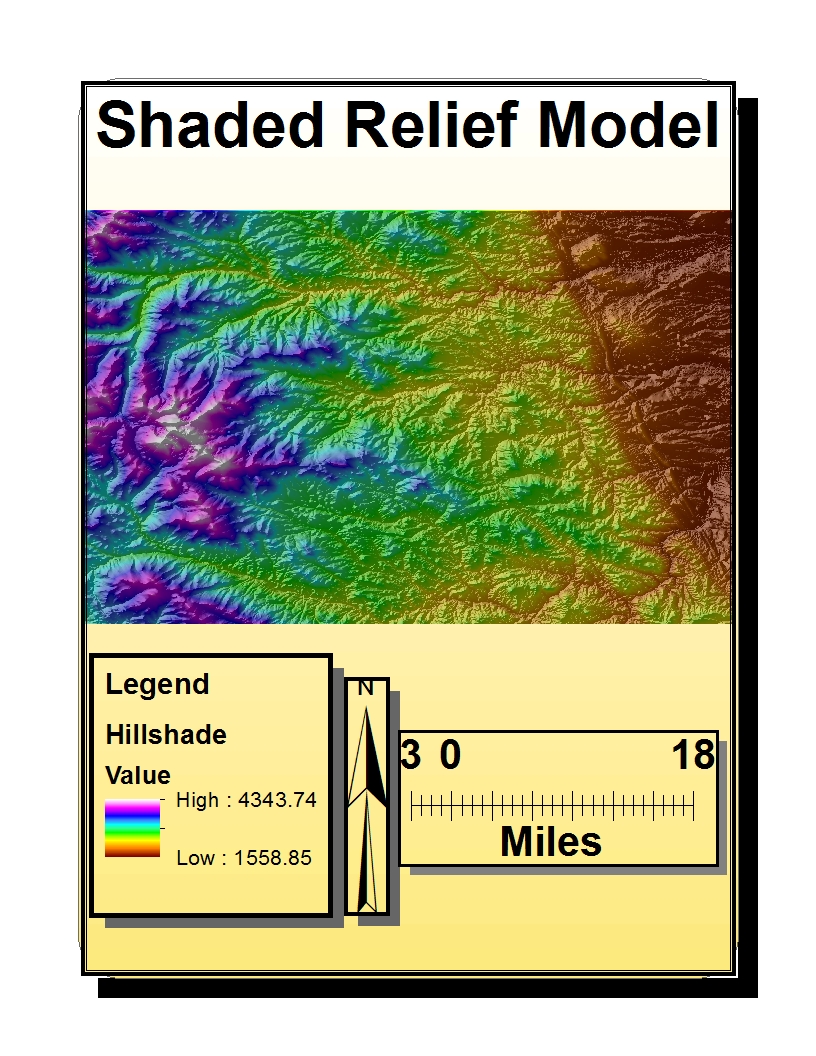This week’s lab consisted of making an expose of maps that
outlines potential modifications to an airport. Construction within such a
landmark requires surveys beyond its immediate boundaries that consider noise
levels that will potentially concern residents of the community. As such,
schools in proximate area also consider impacts of airport expansion. A
guideline for noise regulations is set at 65 decibels, expressed over 24 hour
frames. If consistent noise above 65 decibels takes place in a 24 hour period,
measures to combat such high levels must be taken into consideration by
residents and community officials. It is interesting to see the dialectical
relationship expressed in construction efforts that occurs when a sector of the
community decides to build something. Fortunately, programs such as ArcGIS are
able to digitally represent the social statistics that can be collected though
questions and answers.
This lab was guided by a detailed outline of instructions
that walked one through the process of measuring noise contour levels,
population, and area statistics and implementing them into a presentable form
that details all the statistics. Several layers were used in conjunction to
compose the maps which allow a lot of information and detail to be embedded
into the maps. Overlaying the maps is a difficult but rewarding process as
important questions regarding social concerns can be addressed through a visual
aid such as ArcGIS. In making the maps presentable, it is possible for the user
to modify the environmental symbols that index buildings, schools, roads, scale
bars, ect…Extensive functions exist within the program that can exhibit user
goals.
The vast system that is ArcGIS proves useful in
communicating feedback to the user when positive inputs are correctly output.
There is a steep learning curve to the program that takes patience, repetition,
and time, but on the same token is greatly rewarded through powers of
exhibition. Map language is crucial to relaying knowledge, and the ability to
greater manipulate that knowledge means more efficient maps and a better
informed body of people. The ArcGIS program has a few modes the user can
interface with, such as landscape and data modes, where users are quickly able
to toggle between settings and progressive layers. Each mode is used
differently, but the end results are the same when finally integrating all
statistical information. In this way, the ArcGIS program proved beneficial in
seeing which community members would be most impacted by airport modifications
and noise levels.
By the end of the tutorial I gained a sense of how the
ArcGIS system works in communicating to people. Importantly in the program is
the ability to make distinctions, and the array of color schemes to choose from
makes understanding the final results intuitive and easy to follow. I have yet
to fully explore the capabilities of this system but know that new things will
be learned along the way. I also learned that it pays off to be accurate in
representation not only visually, but statistically and ethically because the
consequences of misrepresentation can be dire to unsuspecting individuals.





_Sinusoidal_Equal.Area_II.jpg)
_Equal.Area_Cylindrical_II.jpg)
_Two-Point_Equidistant_II.jpg)
_Equidistant_Conical_II.jpg)
_Miller_Cylindrical_Conformal_II.jpg)
_Mercator_Conformal_II.jpg)
